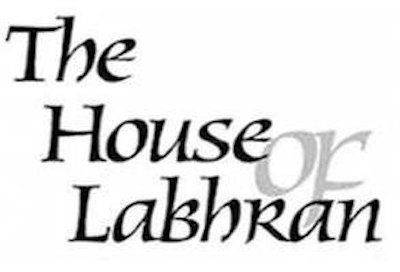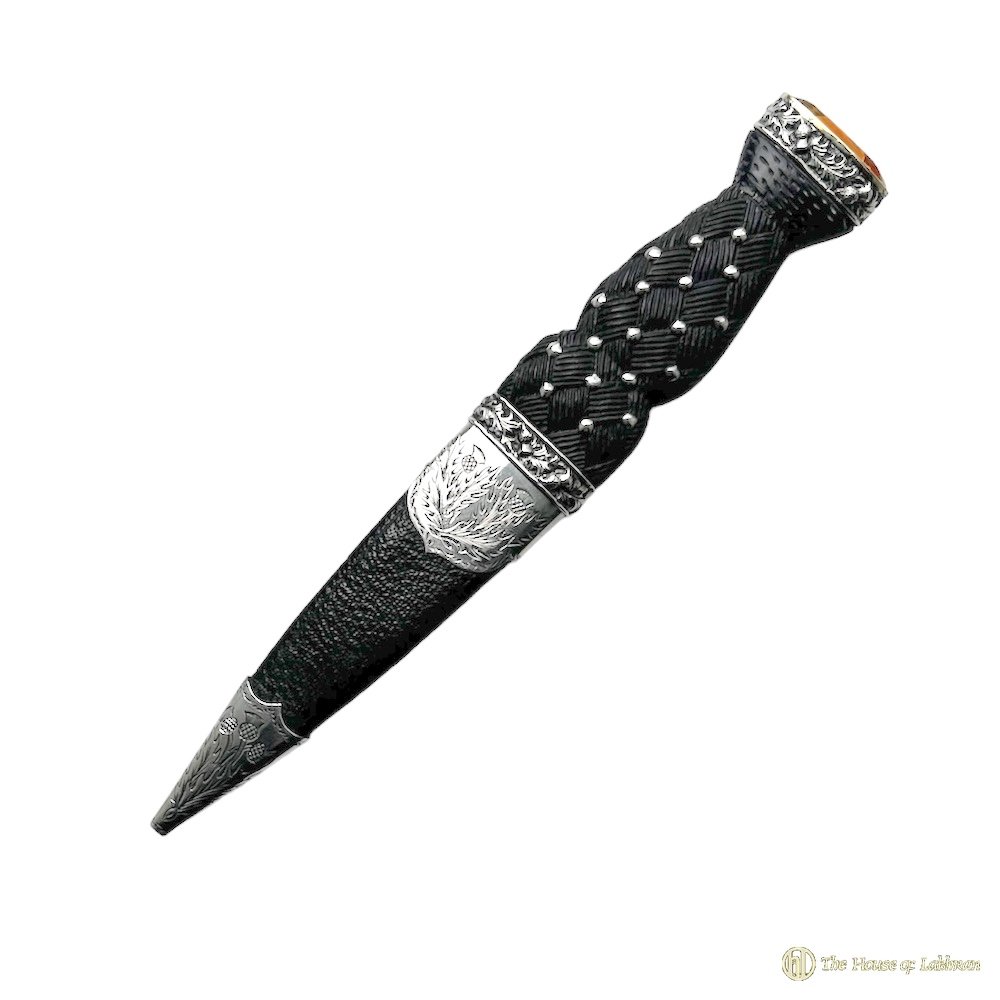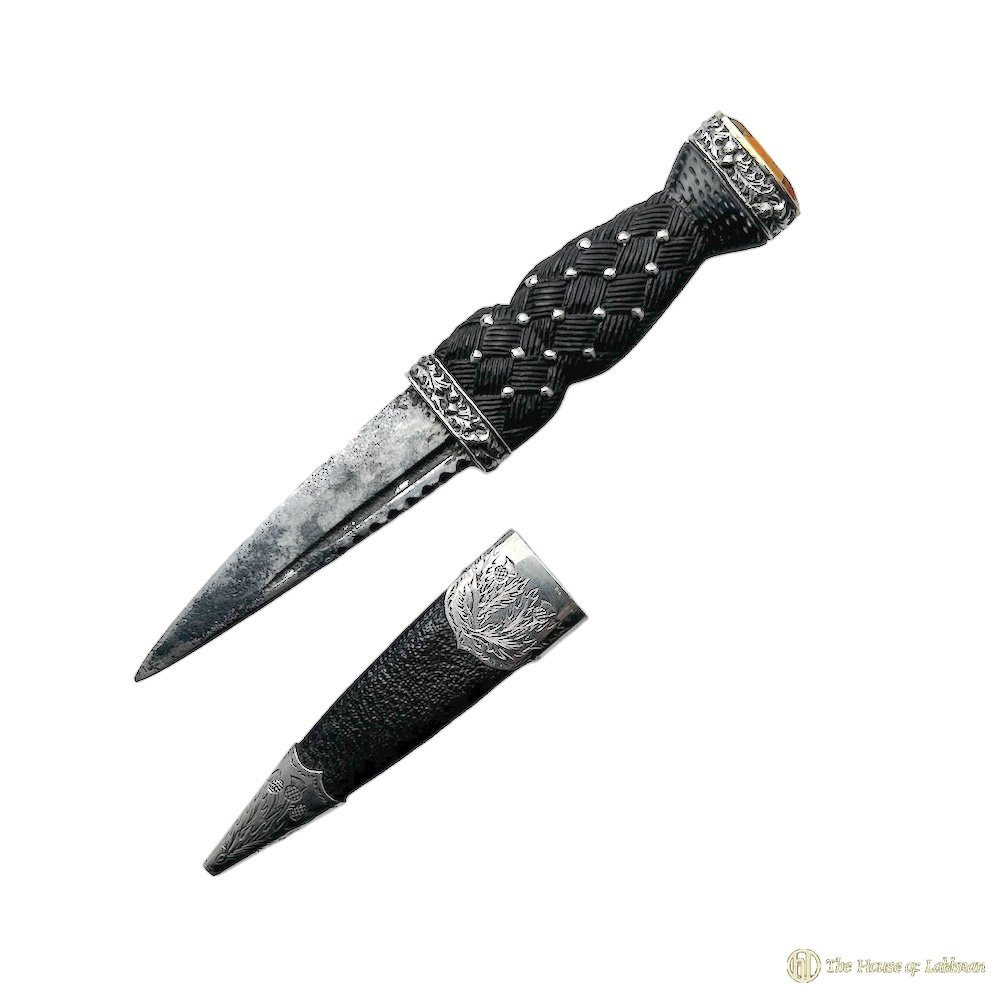Antique Victorian Romanes & Paterson Edinburgh Sgian Dubh
Antique Victorian Romanes & Paterson Edinburgh Sgian Dubh
A true treasure of Scottish craftsmanship, the classic studded blackwood hilt handle of this exquisite piece showcases impeccable attention to detail. Every stud and raised thistle mount has been meticulously placed, creating a stunning visual effect that captures the essence of Highland grandeur. As if that weren't enough, a foiled cairngorm style stone graces the top of the hilt, adding a touch of elegance to this already magnificent accessory.
The scabbard is covered in black leather, boasts hand engraved thistle patterns on both the top and tip scabbard mounts. It is a testament to the skill and artistry of the craftsmen behind its creation. A makers mark plaque discreetly adorns the back of the scabbard, proudly bearing the name "Romanes & Paterson Edinburgh."
Established in 1808, Romanes & Paterson has been a cornerstone of Edinburgh's business landscape for over two centuries. Since 1880, they have called the iconic building on Princes Street their home, a true testament to their enduring presence in the city. Today, their dedication to preserving and promoting Highland dress is evident, with a dedicated floor offering made-to-measure kilts, skirts, waistcoats, and trews.
The story of the Romanes family is a fascinating one, tracing back to a time when their name was spelled as Romains. They were a well-known merchant family in Edinburgh, with a reputation that preceded them. In 1810, James Romanes made his mark as a "merchant" on the north side of Drummond Street, establishing himself in Edinburgh's South Side. By 1815, the family had outgrown their humble beginnings, moving to more prominent premises at 88 South Bridge.
It was in 1816 that Romanes and Paterson truly made their mark, starting as "silk mercers" at 37 South Bridge. Their success quickly propelled them forward, leading to a move to 49 North Bridge in Edinburgh's Old Town. The transition from specializing in silk to encompassing the world of tartan was a natural one, driven by their passion for Scottish heritage and their commitment to providing the finest quality goods to their discerning clientele. Today, their legacy lives on, and their name is synonymous with excellence in Highland wear.The Paterson of Romanes and Paterson does not appear as an independent householder until 1835, when "James Paterson of Romanes & Paterson" is living in a flat at 6 India Street. This places him as a son or younger brother of the silk mercer Richard Mercer who had a shop at 8 Hunter Square and lived at 3 East Register Street. The proximity of this to Romanes shop (less than 100m) can only mean the firms were rivals, and for some reason James Paterson chose to join Romanes rather than his only family's firm.
It is thought that Romanes had a early collection of tartans prior to 1830 and in 1839 they presented a book of tartans to a local museum.
In 1842, on Queen Victoria's first visit to Edinburgh, the firm becomes by appointment to the Queen. It has also been suggested by D W Stewart (1893) that the Balmoral tartan first was manufactured by Romanes & Paterson, Edinburgh. However, there are suggestions that it was woven by another company for Queen Victoria.
For the latest stock of sgian dubhs please visit the shop page
At The House of Labhran we seek inspiration from those who were labelled characters, cultural archetypes, criminals, rebels, rogues, artists, activists and thinkers throughout history.





